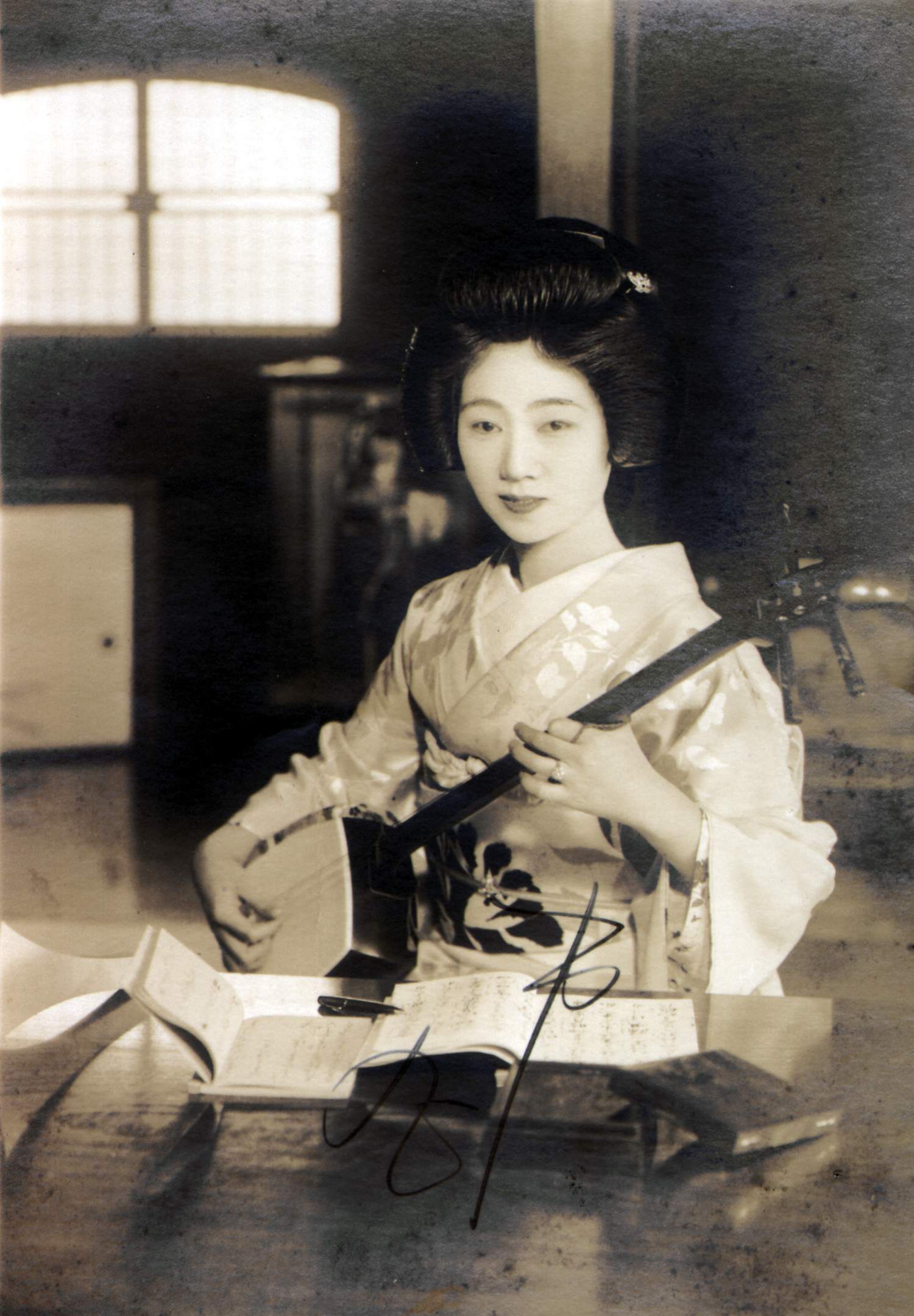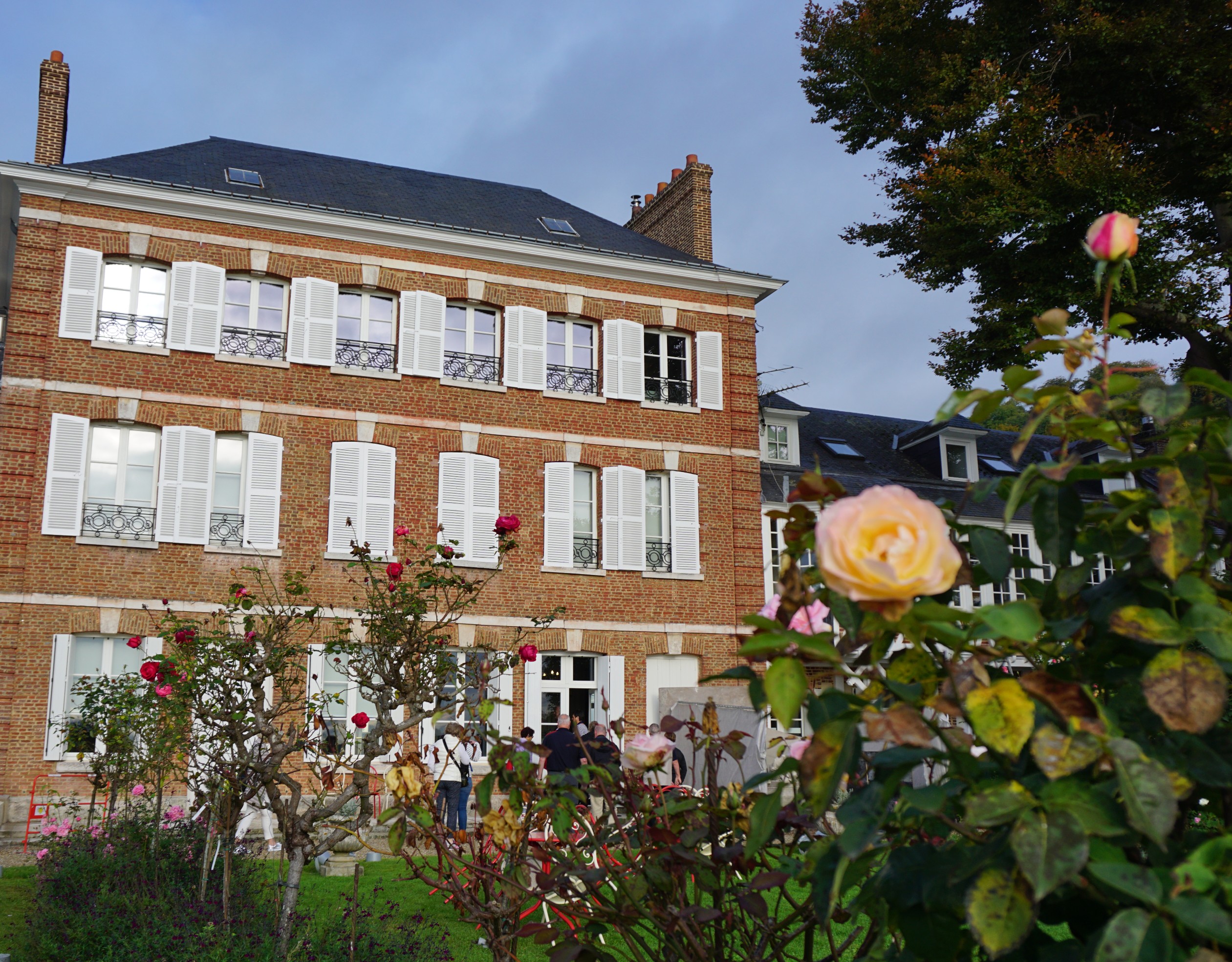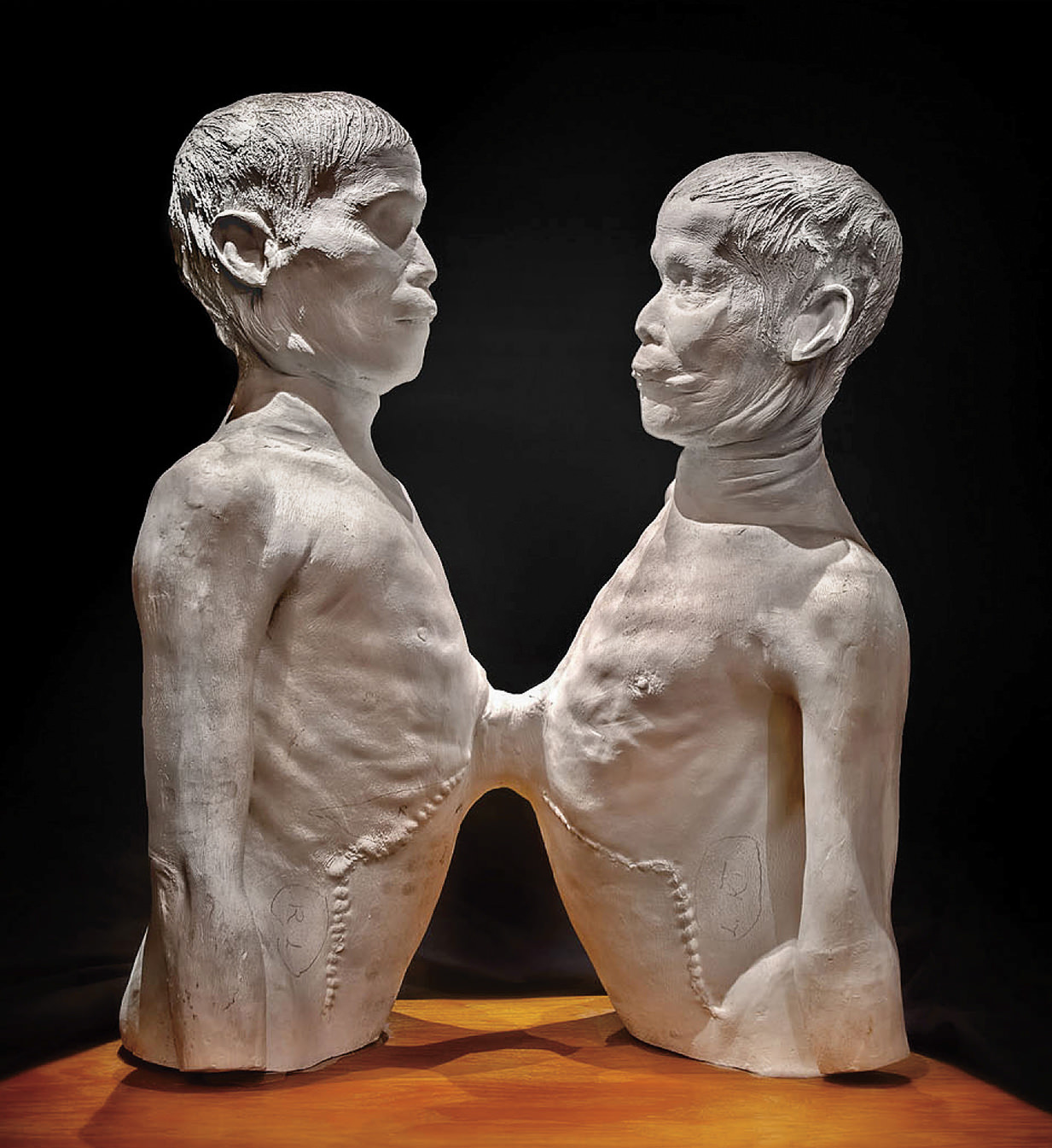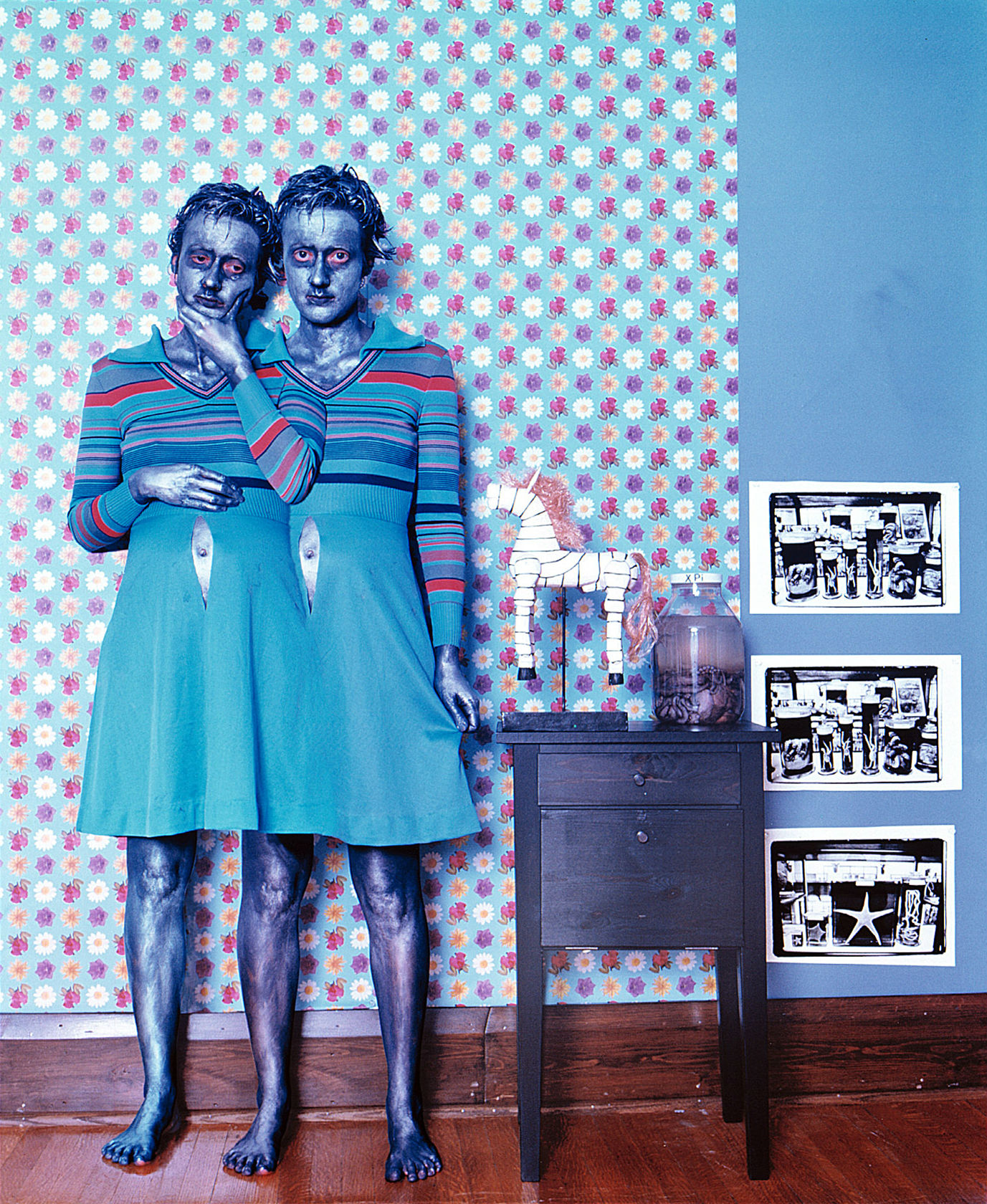William Thorsell
Culture's edge.
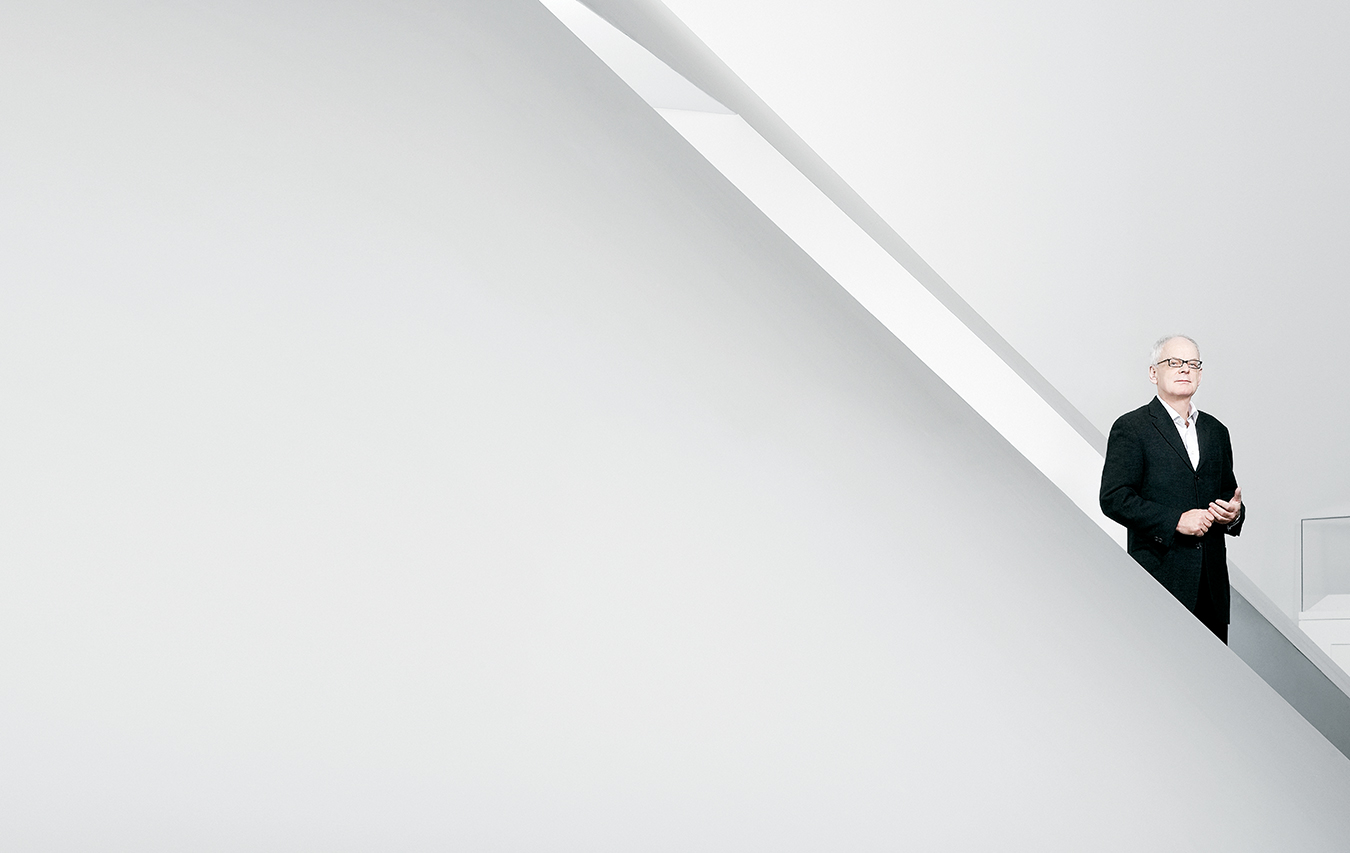
As the director and CEO of the Royal Ontario Museum, the largest institution of its kind in Canada, William Thorsell doesn’t need to be reminded of the importance of culture. He also keenly understands that institutions such as the ROM are part of something larger—a society, a community, an urban whole and, most importantly, a city. The health of one directly depends on the health of the other.
That’s why cities around the world are looking to the cultural sector for help establishing their civic identity, creating a sense of excitement and (of course) attracting money, investment and tourism. By the time Frank Gehry’s brilliant Guggenheim Museum Bilbao opened in Spain in 1997, and subsequently turned around the fortunes of the rust-belt town, culture had become a civic priority.
After Bilbao, there was London’s Tate Modern, an extraordinary remake of a power plant dating back to the 1940s that attracted a startling 5.2 million visitors in 2007. Since it opened in 2000, the Tate has established itself as the most popular modern art museum on the planet.
Little surprise, then, that Toronto is about two-thirds of the way through an unprecedented building campaign that consists of more than $1.5-billion worth of cultural projects. The list is impressive. It includes the Sharp Centre for Design at the Ontario College of Art and Design, the Gardiner Museum of Ceramic Art, the National Ballet School of Canada, the Four Seasons Centre for the Performing Arts, the Royal Conservatory of Music, the Art Gallery of Ontario, and the Festival Tower for the Toronto International Film Festival, as well as the ROM. Except for the Four Seasons and the Festival Tower, all of these schemes are additions to existing structures. Though incomplete, the results are already dramatic, indeed—city-changing.
So far, however, the most controversial project of the bunch has been the ROM’s Michael Lee-Chin Crystal. Designed by Daniel Libeskind, the building has received mixed reviews from Torontonians. Given the aggressive, in-your-face design of the Crystal, that’s hardly surprising. Libeskind’s addition fills in the space between the museum’s two original wings—constructed in 1912 and 1931—with a series of painfully angular “crystals” that reach out over Bloor Street, Toronto’s premier shopping avenue.
The city has never seen anything remotely like it. Love it or hate it, these aluminum- and glass-clad forms have launched traditionally conservative Toronto kicking and screaming into the 21st century. In a city accustomed to being 25 years behind the rest of the world, it’s no surprise that many feel uncomfortable.
Besides, it must be said that although Libeskind’s undeniably confrontational contribution is definitely not beautiful in the conventional sense of the word, it is striking; of course, it was never meant to be pretty. It sums up the spirit of an age that has the technology and the expertise to express its doubts and demons on a hitherto unprecedented scale. It proposes a new aesthetic of asymmetry and complexity. When visitors feel provoked, Libeskind is happy.
So, too, is William Thorsell. He is one of those people who views this sort of project as an act of community building. The point, he argues, is to remind residents of the sheer potential of architecture and the city.
William Thorsell views this sort of project as an act of community building. The point, he argues, is to remind residents of the sheer potential of architecture and the city.
“At the end of the nineties, people in Toronto were losing faith in the city,” explains Thorsell. “The cultural renaissance has reawakened a sense that Toronto has great possibilities. It has created a feeling that Toronto has all kinds of moxie. We need the civic-government part of it to get fixed. We haven’t been able to fix the structural problems of Toronto yet, but I think Torontonians and Canadians are feeling pretty good about themselves.”
For a man who spent the bulk of his working life as a journalist, and who had never worked at a museum until he was named director and CEO of the ROM in 2000, Thorsell has managed to pull off something many would have thought impossible. Not only has he managed to raise about $262-million for the project, he has also succeeded in getting a reluctant city to buy into his vision of the ROM as a 21st-century architectural spectacle. Previously, the word more often associated with the museum was “staid”; now, it is anything but. With walls reaching out over the street, and zigzag windows cutting crazy patterns across the multi-faceted façades, the ROM is a place that captures people’s attention even before they go inside.
For a kid who grew up in post-war Alberta, the journey has been long and unexpected, but in its own way inevitable. Thorsell seemed destined for special accomplishments even from the time he was a child. Here was the kid who always did well at school, got top marks and won scholarships, all apparently without breaking a sweat. Born in Camrose and raised in Edmonton, Thorsell is the younger of two sons born to a military man turned builder. “Most people have idyllic memories of their childhood,” he says. “So do I. We lived a block from the countryside. It was a classic Leave It to Beaver suburban upbringing.”
He recalls the arrival of television in the mid-1950s. “I can still remember the entire neighbourhood packing into our living room to see the TV. I was the one who figured out the vertical and horizontal controls. But until I was nine, my media mind was focused on radio. There were lots of radio dramas. We grew up on radio and books.”
Thorsell was class president in junior high and high school before going to the University of Alberta to do a BA and an MA in history. At one point, he moved to Montreal to work as manager of the Western Canada pavilion at Expo 67. Like most Canadians, the year of the centennial was a highlight for Thorsell, a time never to be forgotten. “I was so excited by Montreal,” he says. “I just couldn’t believe it. It was a great experience, a magical time. I was 20. I hired the hostesses, the security staff and ran the pavilion.”
When that ended, Thorsell and a friend decided to go camping in Russia. “We got a Volkswagen and a pup tent and travelled all through the Soviet Union. Before they [Soviet officials] would let us go, we had to fill out an exact itinerary of where we were going to go.” Though they missed Woodstock and the infamous Democratic National Convention in Chicago, the trip changed Thorsell’s life. “It turned me into a capitalist,” he admits.
After that, there was a stint at Expo 70 in Osaka, Japan, and then further studies at the Woodrow Wilson School of Public and International Affairs at Princeton University, where he focused on domestic economic policy.
It was during his second sojourn at Princeton that Thorsell developed a taste for newspaper journalism. He began writing letters to The New York Times, and loved the idea of seeing his own words in print. “I thought, ‘Wow—this is the way to reach people.’ Newspapers are incredibly fast and immediate.”
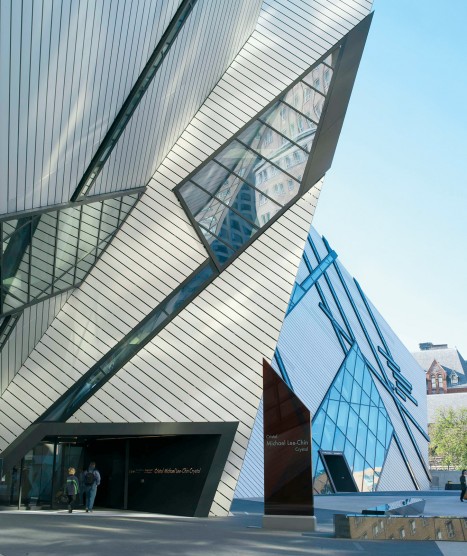
©Royal Ontario Museum.
Despite all the doom and gloom heard in newsrooms in recent years, Thorsell rejects the notion that print is disappearing from our lives. “Daily journalism is the triumphant medium,” he insists. “It can best convey complex arguments. Despite the assaults of television and the Internet, newspapers are still champion. I’m not someone who thinks newspapers have had their day.”
So it’s not surprising that Thorsell considers going to work for the Edmonton Journal “the best single decision I ever made”. That was in 1975, and it marked the start of a 24-year career that took Thorsell all the way to being editor-in-chief of The Globe and Mail.
But as he says, “Sometimes your life changes because the phone rings.” Specifically, it was a call he received in 2000. Out of the blue, Torstar president and CEO Robert Pritchard, an ex officio member of the ROM’s board of trustees, phoned Thorsell with an idea that caught him completely unawares. The museum was searching for a new chief executive, and Pritchard thought Thorsell might be just the person.
“I hadn’t been in the ROM for a long time,” Thorsell says. “I thought, ‘Man, there’s a lot that needs to be done here.’ The ROM was falling behind. It just didn’t have the resources. It was full of children’s galleries. I thought, ‘No, that’s the wrong way for the ROM to go.’”
He also points out that although there was a museum boom going on in Europe and the U.S., it had bypassed Canada. Thorsell decided that had to change. He had already stepped down as editor-in-chief of The Globe; when the ROM made him an offer, he couldn’t refuse.
It paid off. Since then, Thorsell has demonstrated that he is anything but reactionary in his views of architecture and his desire to take risks, epitomized by the ROM’s rapid cultural ascension. “I had no idea whether we could pull it off,” he admits. “It’s amazing we were able to move as fast as we did. We [Toronto’s cultural institutions] were suddenly all in the market at once raising money. No one knew if it could be done.”
Thorsell is referring to the time in the late 1990s and early 2000s when the Ontario government and Ottawa launched what was then called the SuperBuild program, essentially a funding arrangement set up to help rebuild the province’s aging infrastructure. The terms stipulated that any organization receiving money had to raise the same amount from the private sector. In fact, up to three-quarters of the funding for the cultural renaissance came from individual and corporate donations.
As far as Thorsell is concerned, this turned out to be a blessing in disguise. Organizations like the ROM were forced to go out into the community and forge new links. “We have expanded our constituency,” he says. “The telling moment came when Michael Lee-Chin decided to give us $30-million. He was not from the old circles, not a Weston, an Eaton or a Tanenbaum. It’s a tremendous credit to Toronto and the region—a huge source of optimism.” The addition was named for Lee-Chin, the lobby after his mother.
Thorsell has succeeded in getting a reluctant city to buy into his vision of the ROM as a 21st-century architectural spectacle.
According to Thorsell, the advent of so many new cultural facilities has reawakened Toronto’s sense of its own possibilities. Despite talk about a dysfunctional civic government, which still hasn’t recovered from a province-ordered amalgamation in 1997, Toronto is a wealthy and prosperous community. Though the city has yet to come to terms with an annual deficit that runs upward of $500-million, the cultural sector has emerged as a major source of civic leadership. Thorsell and his fellow museum directors have established strong connections with the city, and have succeeded in finding money where others have failed.
At the same time, cultural shifts have occurred that have suddenly brought architecture to the fore. After being dominated by modernism for decades, design has broken free of its hegemony, and once again people feel it’s safe to be interested in architecture. Though some have been critical of the rise of the “starchitect”, the truth is that the boxes and rectangles so beloved by Bauhaus architects were never taken to heart by the masses. Popular dislike of modern architecture has become a cliché, but even Daniel Libeskind, whose work is not universally loved or admired, has to fight to have emotion brought back into the language of contemporary architecture. His buildings, more than those of almost any other practitioner, address issues of narrative and meaning in architecture.
“Daniel got the job not just because he was the most radical thinker, architecturally,” Thorsell says, “but he presented the most thoroughly thought-out project. It was Daniel who asked the most questions about the ROM’s programs, its mandate, how it’s used, about where people entered and what was the first thing they saw when they came into the building. He studied the streetscape. He asked lots of questions. He would call all the time and we’d talk for hours. In the end, he came out ahead. Both the building selection committee and the construction company agreed he was the most thorough.”
In their own way, Libeskind’s best buildings tell their stories using a vocabulary of form and space. At the ROM, that includes areas of contemplation, such as the Spirit House, a void that extends four storeys up from the main lobby, as well as the Stair of Wonders and galleries that are meant to provide a sense of drama to the artefacts in the museum’s collection. Though curators try to keep out sunlight whenever possible (it’s damaging to many objects), the Crystal is punctuated by large, geometric windows that overlook the surrounding city and create a new dialogue between the institution and its civic setting. The ROM has become part of the city in a way it never was before. And although Libeskind avoided the temptation to design an addition that resembles the existing structures, there can be no question that new and old meld in the most respectful way. As Thorsell puts it, their meeting is “the most beautiful kiss in Canadian architecture”.
In other words, the glass and aluminum walls don’t overpower the carved stone façades on the original wings, but defer to them and always keep a respectful distance, even if it can only be measured in centimetres. Libeskind’s strategy here is one of harmonious contrast: to be true to the zeitgeist of our century while paying homage to the architecture of the last.
One of Thorsell’s most interesting decisions was to open the Crystal before any artefacts were installed. This is the opposite of the usual approach, which is to keep new buildings under wraps until all is ready inside. But his insistence on allowing the public to see its “pure and naked forms” represents another way of emphasizing that architecture is itself a cultural expression, and not simply a container for cultural content. “Anything that aspires to art disturbs the consensus—that’s what art does,” says Thorsell. “We’ve broken out of the ideology of the Bauhaus, which was very reductivist, rational and restrained. I think Toronto is finally getting its feet wet.”
He may be right. Before the Crystal, there was Will Alsop’s “flying tabletop” at the Ontario College of Art and Design. The English enfant terrible proposed a two-storey addition to the school that is held aloft on a series of brightly coloured steel stilts. When the building opened in 2003, Torontonians were aghast. In time, however, the howls of outrage turned into the sound of applause. At this point, it’s safe to say that Alsop’s contribution has changed the way Torontonians view their city as much as any building in the history of the city. The next big opening will be Frank Gehry’s expansion of the Art Gallery of Ontario, expected late in 2008. It’s still a construction site, but already its tone is one of congeniality rather than confrontation. Where the ROM is all angles and sharp corners, the AGO will be curves and soft edges.
The truth is, we need both. Perhaps William Thorsell’s real accomplishment is that he’s shown Torontonians—and Canadians—that they are capable of more than they realized, and that limitations are self-imposed. Few buildings are as eloquent as the Michael Lee-Chin Crystal, and few tell us something that is so crucial to hear.
Direction: Sandra Zarkovic. Grooming: Anita Cane.





